Cordyceps mushrooms have been enjoyed thousands of years in Eastern medicine. They did not become popular in Western medicine until much more recently thanks to the 1993 Beijing Olympics, when several Chinese runners credited their success to consuming cordyceps.
This fungi has several health benefits, but is there a best time to take it?
In this article, we explore what cordyceps are, why people take them, and the supporting science that suggests when the best time to take them is.
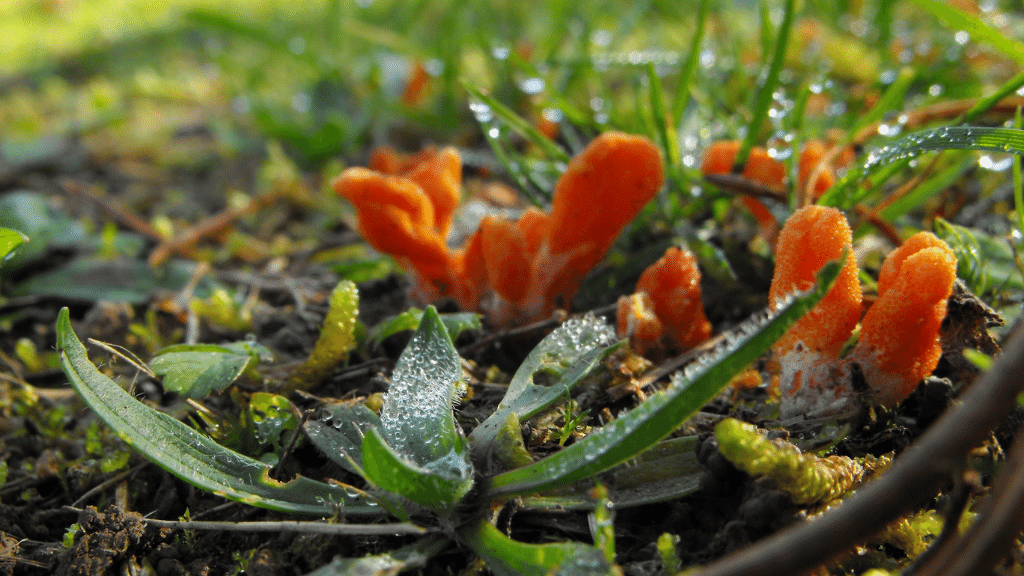
First, let's review some of the basics:
What are cordyceps?
Cordyceps mushrooms have hundreds of subspecies but the most well-known are cordyceps sinensis and cordyceps militaris. In the wild, cordyceps grow on insects. They are a parasitic fungi, meaning that they infect the host, kill it, and then consume the host’s body. Pretty creepy, right? But so far, cordyceps are only known to infect insects.
Both of these varieties provide several health benefits including the potential for increased athletic performance, stamina, improved sleep, and more.
When is the best time to take cordyceps?
If you're considering adding cordyceps to your daily routine, you may be wondering when the best time to take it is. There is no scientific evidence to support whether a certain time of day is best to take cordyceps.
However, we can provide some guidelines for you to troubleshoot the best time of day based on your desired effect.
Some sources recommend taking cordyceps in the morning, as cordyceps can be a great source of natural energy. That's why so many companies are now combining cordyceps with coffee.
Taking cordyceps in the morning is easy to do. Here are some ideas:
- Find a great cordyceps coffee brand and incorporate it into your daily routine. See how you feel after a week or two of consistent use
- Add cordyceps tincture to your favorite morning brew. Cordyceps tincture is easy to add to coffee, tea, smoothies, or even water. Just make sure you buy from a reputable brand.
- Take cordyceps powder: either as a capsule or by adding a spoonful to your morning beverage.
The typical dosage for cordyceps is 1 tsp per day. But that dosage will depend on the type of cordyceps product you're using. You may consider increasing your dose for specific applications or benefits. Refer to your product label for more details. And always speak with your doctor.
However, morning may not be the best time to take cordyceps for some people. Perhaps you're not a coffee drinker or you simply don't have time to take a supplement in the morning. That's okay!

Some sources even recommend taking cordyceps before bed, as it may help you sleep better. In fact, if you're using a mushroom blend for sleep, you're likely to see cordyceps on the label along with other powerful mushrooms like reishi and turkey tail.
Looking for more mushrooms that can help you sleep? Check out this article here.
The fact is, the right time of day will vary from person to person. We recommend starting with a low, consistent dose and evaluating how you feel over time. Always speak to your doctor before adding supplements to your routine.
And remember, a quality product is the best way to ensure you're getting maximum benefits and is significantly more important than the time of day you take them.
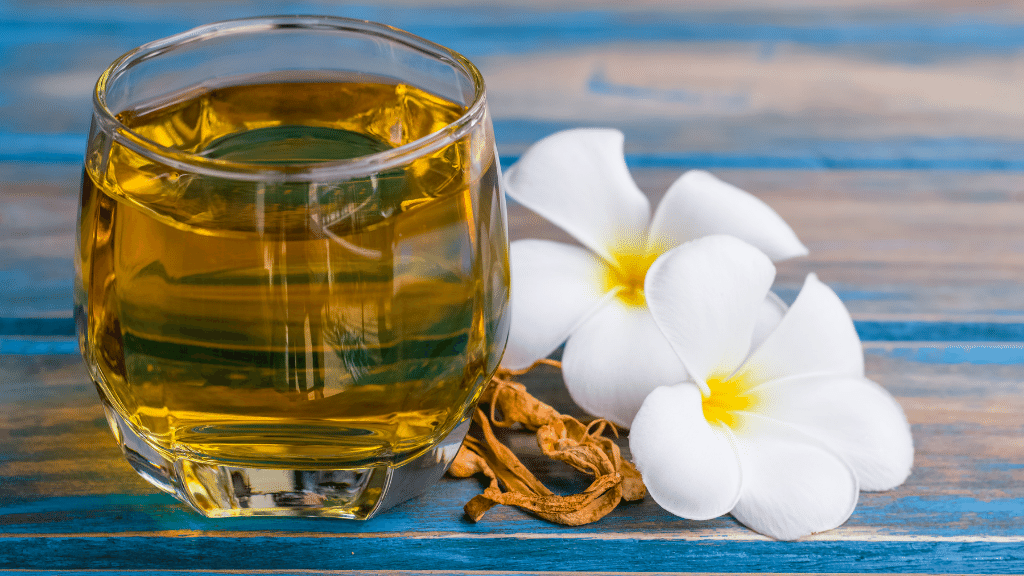
Why do people take cordyceps supplements?
Cordyceps mushroom supplements have several health beneficial properties, including:
- anti-tumor
- anti-fatigue
- anti-malaria
- anti-fungal
- Immunomodulatory
- anti-inflammatory properties
- anti-aging
- Lower blood pressure
- And so much more
Several studies support these benefits, although the research is ongoing, particularly on humans. Most testing is conducted on animals or via test tubes, but most evidence is strong enough to suggest that humans can reap the same benefits.
Human studies have also shown the ways cordyceps positively impact the body.
One of the most widely known uses for cordyceps is energy support, such as for athletes. In a study among young adults, the group that was given a cordyceps militaris blend had a greater tolerance for high-intensity exercise after just one week. It may even be possible the mushroom can shorten post-workout recovery, but that has only been studied on animals so far.
Read more about cordyceps benefits for athletes here.
Cordyceps militaris vs. sinensis
Cordyceps militaris is believed to have stronger antiviral and anti-aging properties versus sinensis because it contains more of the biological compound cordycepin. The militaris variety is easier to grow in a lab so it’s more common. This is the kind of cordyceps that is most likely to be in your supplement.
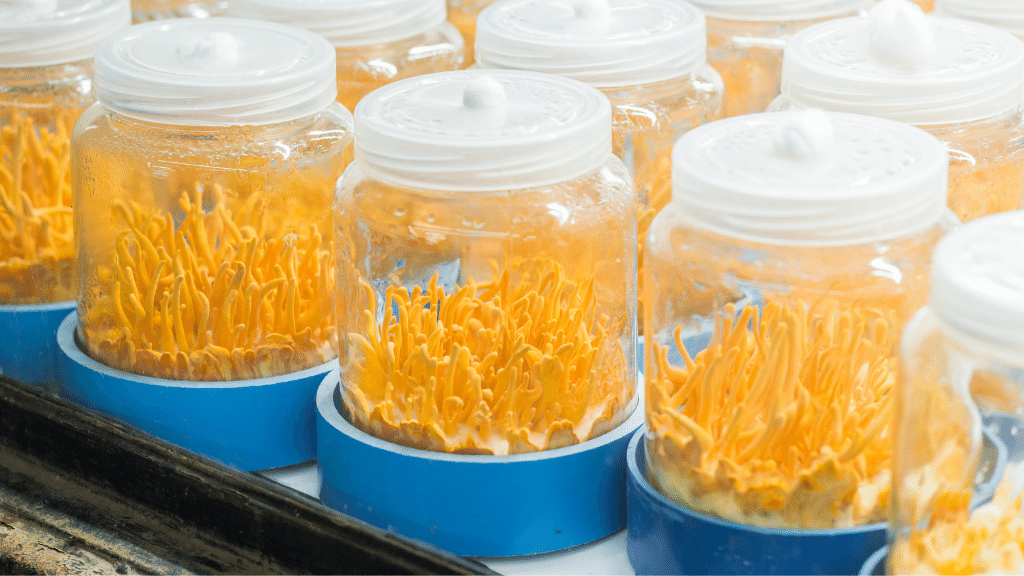
Cordyceps sinensis, on the other hand, is only found in the wild. Because it prefers the extreme environment of the Himalayas where it can feast on ghost moth larvae, sinensis is incredibly rare and expensive. They are difficult to cultivate, so if you do happen to find a product claiming to have cordyceps sinensis, it probably doesn’t have enough of the wonderful fungi for you to enjoy its full benefits.
Learn more about the differences between sinensis vs militaris here.
How to get the most out of your cordyceps supplement
There are several brands that make cordyceps products, but not all of them are made the same. As we mentioned, cordyceps sinensis is extremely rare so we caution you if you do happen to find a supplement that claims to have the special strain.
Some important things to look for are:
- A trusted brand
- A Certificate of Authenticity (COA) showing what internal and outsourced tests have been conducted
- Double-extraction method (water and alcohol extraction, which makes the terpenoids and beta-glucans even more bioavailable)
- Full-spectrum vs fruiting body - make sure you analyze your product label for a ratio of fruiting body vs mycelium. Fruiting body is the mushroom itself. Mycelium is the 'root-like' system that supports the mushroom. In general, you'll want to look for an all or mostly-fruiting body product.
We put together a list of trusted supplement brands to guide you in your cordyceps buying process.
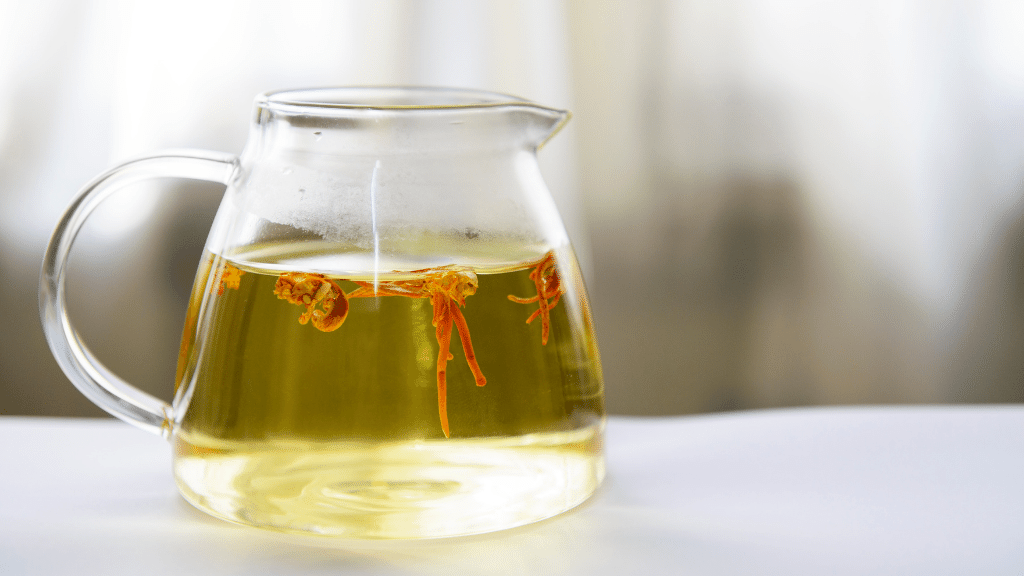
Many people like taking cordyceps on an empty stomach, and at this time there isn’t any evidence that suggests if that is any different than taking it with or after a meal. It may come down to preference unless science points us in another direction.
Cordyceps mushrooms are a wonderful fungi with numerous benefits. It’s been enjoyed for centuries and continues to grow in popularity. As the research continues, there will likely be even more evidence about its powerful properties.
Join us as we learn more about this incredible functional mushroom by subscribing to our blog today!

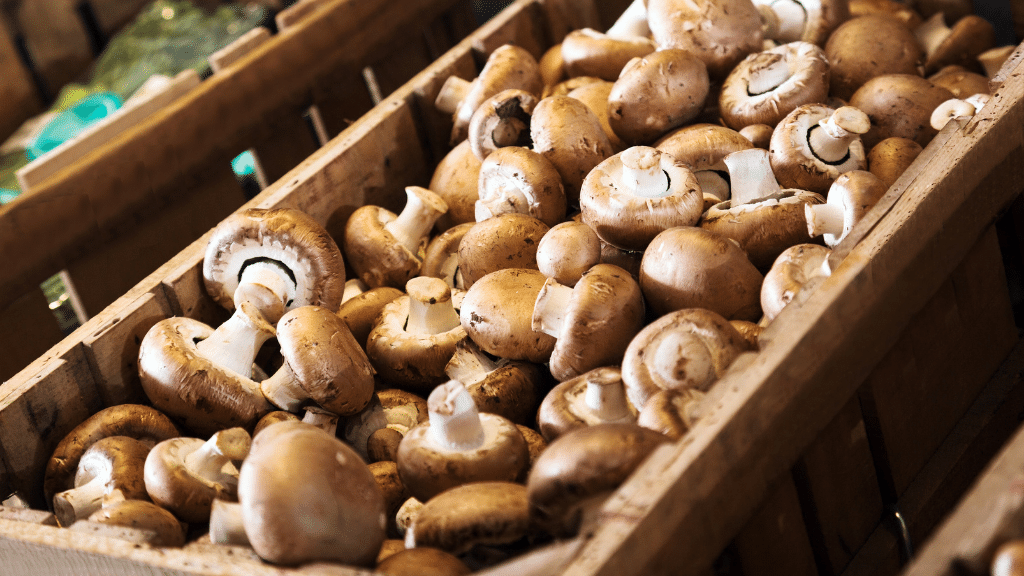
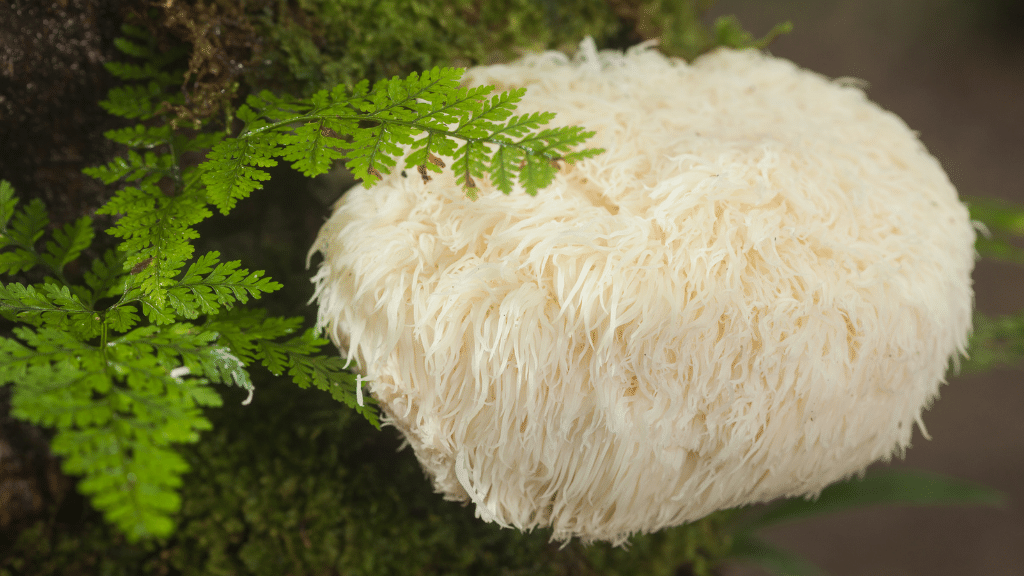


.png)
